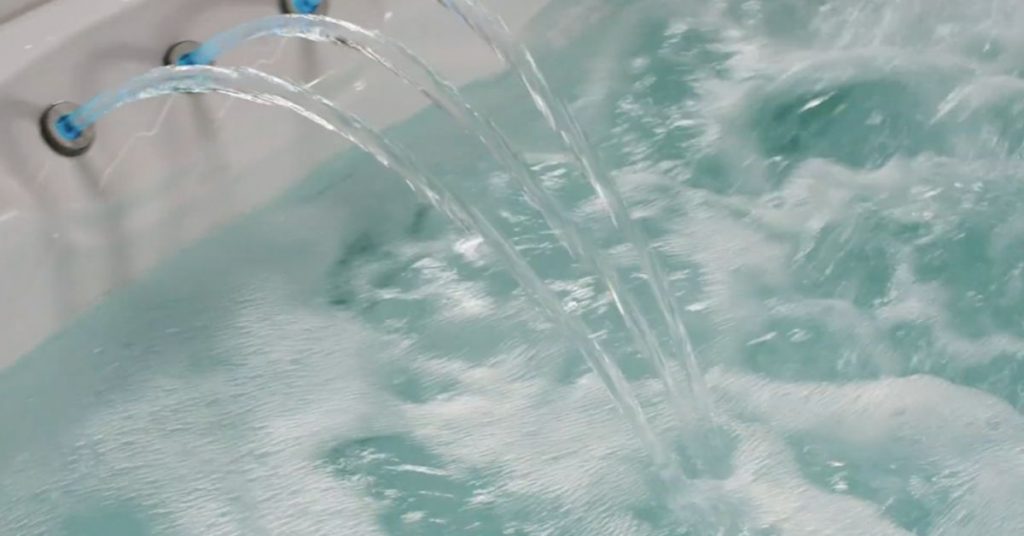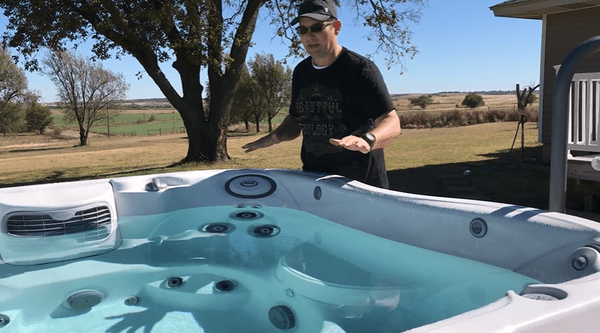In this post, we discuss two simple techniques that can help you reduce the hardness of the water in your hot tub and why it's essential to balance water hardness.
Most hot tubs have a built-in filter that removes impurities from the water. But what happens when the water gets too hard? It's a common problem for many people who don't understand what water hardness or softness means and how it can affect their hot tubs. If you're having issues with water hardness, it's essential to understand what causes it, how to fix it, and why it's necessary to soften hard water.
How to Tell If Water Hardness Is Too High?
Water hardness has nothing to do with how your hot tub water feels. In fact, you won't notice any difference until you add surfactants into the mix or notice some calcium build-up. Water hardness is the level of calcium and magnesium in the water.
A simple way to know if water is soft or hard is by adding a few drops of liquid soap or detergent to a bucket of water and stirring it vigorously. If it turns cloudy instead of making bubbles, your water hardness is high. The ideal amount of calcium in your hot tub should be around 175 to 250 parts per million (ppm).
Test strips are often used to see how high or low calcium levels are in your hot tub.
Why High Calcium Hardness is Bad for Your Hot Tub
One of the problems with high calcium content in the water is scale build-up in your surfaces, fittings, filters, and plumbing which can eventually lead to clogging. It can also mess with your hot tub's water chemistry and cause skin and eye irritation. Lime scales can come loose, resulting in cloudy hot tub water. It just makes for a totally unpleasant hot tub experience.


How to Lower Calcium Hardness in a Hot Tub
There are two ways you can soften water in a hot tub if there's too much calcium in it. One involves diluting or replacing the water, and the other uses chemicals.


Method 1 - Drain and Refill
Some chemicals can increase calcium levels in your hot tub. You can fix this by partially draining and diluting the water. Check the calcium levels using test strips and repeat as necessary. If calcium levels are still high, consider a complete drain-and-refill. While you're at it, you might as well flush the plumbing for a thorough clean.
Key Takeaways: Drain and refill works if it's caused by chemicals used for your hot tub and not the water coming out of your tap.
Method 2 - Use Flocculant
Use this method if the water from your tap is high in calcium content. Flocculant is used in water treatment facilities to remove calcium particles in water. This works by causing calcium particles to clump together and settle at the bottom of the hot tub, which you can scoop out.
You can also use a hot tub clarifier as a substitute, but instead of sinking, calcium particles and contaminants float to the top and are removed using a skimmer net or the hot tub filter. However, this might take longer than using flocculant.
Key Takeaways: Flocculation is necessary for specific areas where the water supply contains high amounts of calcium. However, if you don't have this problem and just want to skip the drain-and-refill, you can use this method instead.
Conclusion
Water hardness is a common issue among hot tub owners, but it can be solved quite easily using these two proven methods. Remember to check your water chemistry every once in a while. Balanced water chemistry is key to keeping your daily hot tub session a wonderful and pleasant experience.
